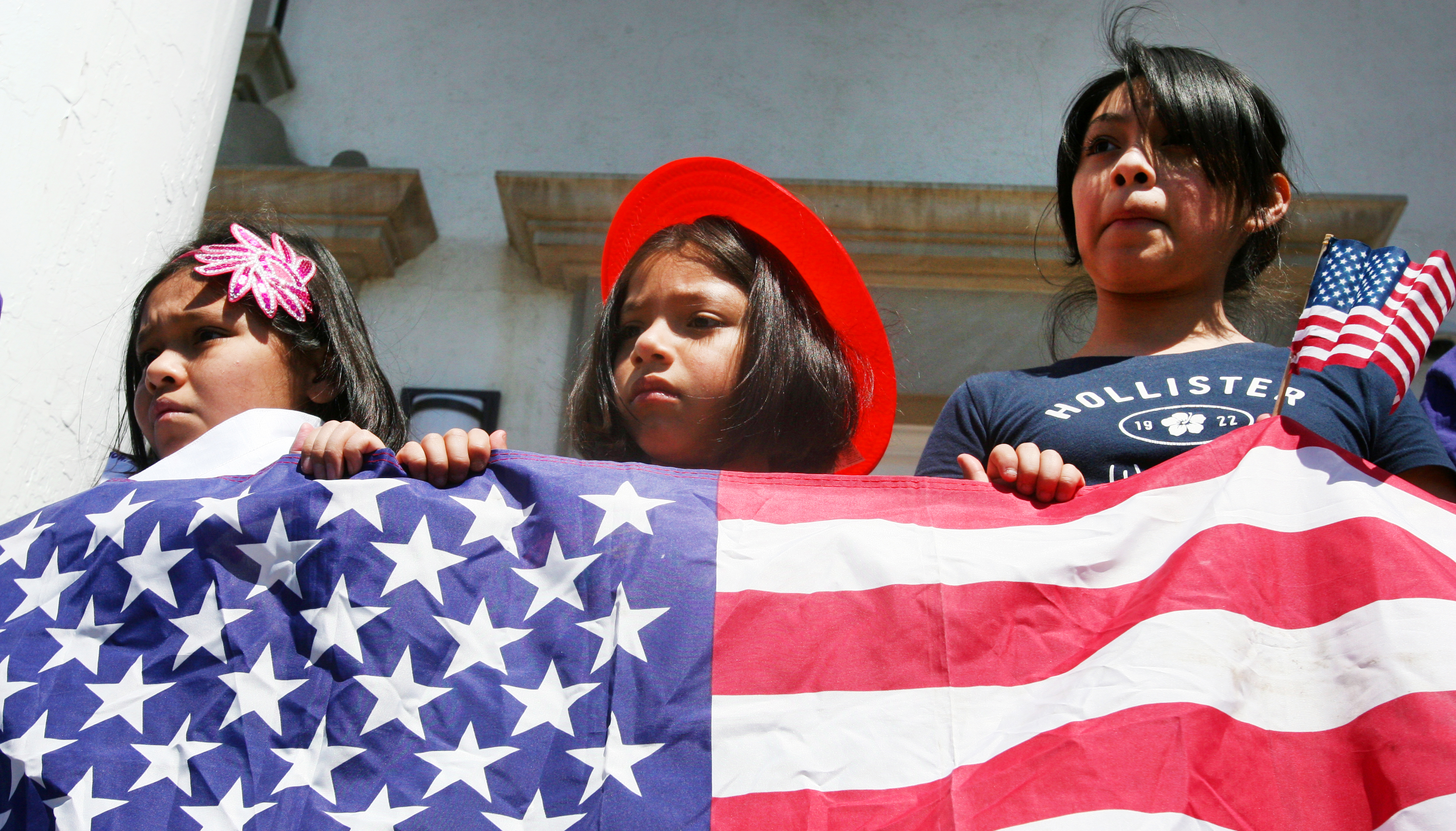
Immigration plan offers relief — to those who can navigate the application process
Executive action may provide relief to millions, but the process for applying for that relief likely won't be easy, advocates and immigration lawyers said.
President Obama announced at 8 p.m. on Nov. 20 an executive order to provide an estimated 4 to 5 million undocumented immigrants a chance to apply for temporary documentation. And while there is room for celebration, the legal change won’t provide sweeping protections, immigration attorneys and advocates said.
Obama’s announcement could mean relief and the ability to apply for legal status for DREAMers of any age as well as undocumented parents and families of U.S. citizens came to the country before 2010, but not parents of Deferred Action for Childhood Arrival (DACA) recipients. Those measures could go into effect as soon as next year. Once the legal status is granted, it is temporary for two years.
Kica Matos, Director of Immigrant Rights and Racial Justice at the Center for Community Change in Washington D.C., said that the ability to obtain legal documentation and work authorization to protect from deportation, even temporarily, will fundamentally change lives.
“They’ll be able to work. They’ll be able to engage in their community and become contributing members of this community without the constant fear of deportation,” Matos said. “It will mean that millions will be able to come out of the shadows.”
But the 4 or 5 million who qualify must still navigate the application the process. Philadelphia-based immigration attorney, David Bennion, said that could be difficult.
“There is cause for happiness for the people who need some sort of protection, but a lot of people will be left out,” Bennion said.
Bennion said that the application will likely require documentation of continuous physical presence in the U.S. for more than five years.
“It’s hard to prove that you have a paper trail when you’re undocumented — it’s a contradiction of terms,” Bennion said. “But that’s what the government requires.”
Wendy Hess, an attorney at Philadelphia immigration law firm, Goldblum & Hess, said that she has been recommending her clients to save documentation for years.
“Have proof of a continuous physical presence ready, file your taxes, get individual taxpayer identification numbers (ITINs), get your birth certificate, get your marriage certificate, get your divorce certificate, have a valid passport. Because in the past you always needed identity and proof of physical presence,” Hess said. “That’s critical.”
Hess said that she is worried that notarios, or unauthorized law practitioners, will launch huge campaigns offering legal services as soon as the announcement is out. To avoid fraud, always check with the American Bar Association to make sure that a representative is practicing legally, Hess said.
RELATED CONTENT
In the end, Bennion said that he expected just half of the estimated 5 million undocumented immigrants eligible to complete the application process successfully. That’s what happened with DACA, he said. Of 1.2 million eligible, just 600,000 have been granted legal status under the program because of the challenges, including not being able to afford $500 fees, find and afford legal representation, or obtain documentation.
That means the Center for Community Change’s advocacy role is far from over, Matos said.
“We do not know what the fee will be, but we will continue to advocate such that as many people as possible will be able to attain the relief that they need and not be barred because they can’t afford,” Matos said.
The center is also poised and ready to pivot from advocate to educator, Matos said, and is planning a resource website and country-wide workshops through the Fair Immigration Reform Movement network to ensure that people are informed about who will be affected, how to obtain proper documentation and navigate the process, and how to self-advocate, especially when it comes to Immigrations and Customs Enforcement (ICE).
The executive action also included a shift in law enforcement away from undocumented immigrants trying to live their lives quietly. However, years of aggressive deportations — 2 million since Obama took office — have created an ingrained fear and mistrust of law enforcement in immigrant communities, which is not likely to change swiftly no matter what executive action Obama take.
“Even if the basis of the argument for the program is prosecutorial discretion — that they’re going to be selective about who they deport — they’re not saying that they’re going to stop deporting people or even slow down,” Bennion said. “If they’re saying 4 or 5 million people will be covered, and we take an estimate of half that as the people who will actually be protected, that still leaves 8 or 9 million people without papers from whom the administration can draw those 400,000 deportations a year to fill their quotas.”
That’s where advocacy and education come in, Matos said.
“Is there skepticism in communities that ICE won’t abide by whatever new enforcement protocols there are? Yes,” Matos said. “But it’s our responsibility as advocates to make sure that people in our communities know the facts.”
“I think that we have to go about the business of educating our communities such that we can continue to make sure that people can advocate on their own behalf and be able to defend their communities with as much ferocity that they can,” Matos said. “The reason that we are where we are is because of a ferocity of a movement that would just not give up.”









LEAVE A COMMENT: